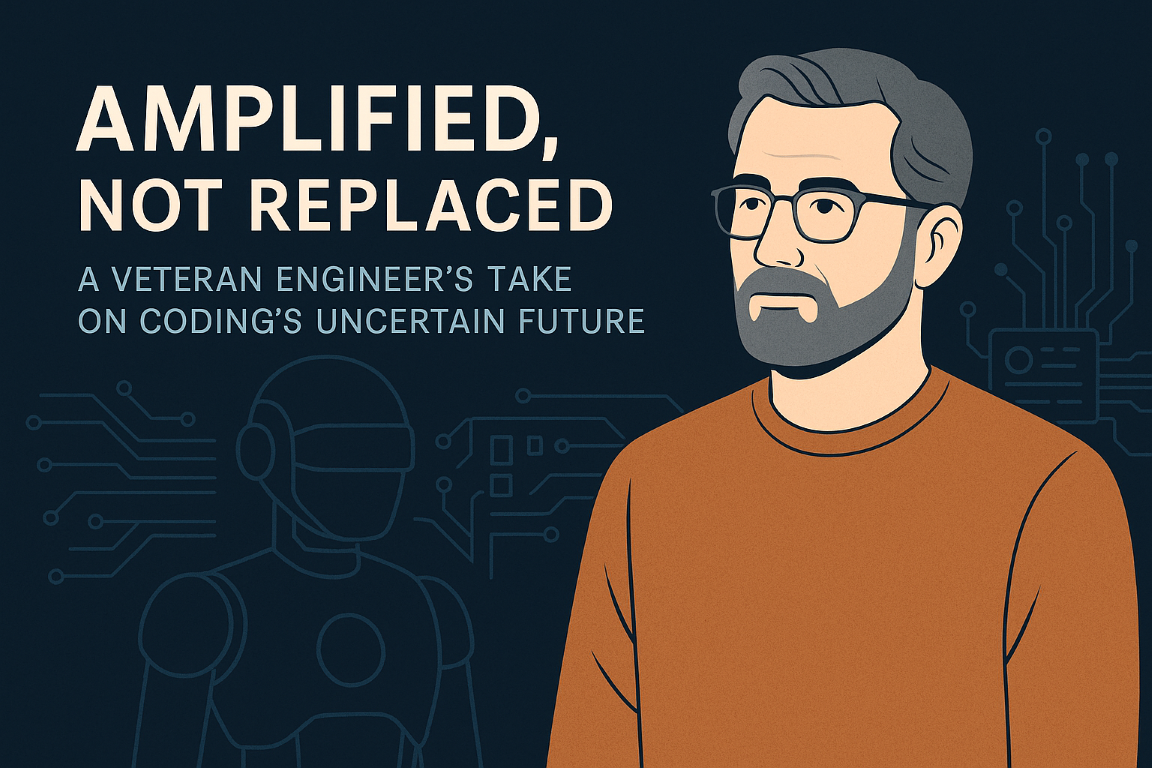I’ve spent countless evenings hunting down why one of my dozen automated processes failed—digging through server A’s logs, then B’s, then wondering if timezone math on machine C silently swallowed a reminder. If that sounds familiar, check out the original article now: Replacing cron jobs with a centralized task scheduler. It flipped my whole mindset.
Instead of treating each cron script as a black box, the author models every future action as a row in one ScheduledTasks table. Think of it: every job you’d ever schedule lives in a single, queryable place. Because each task records when it’s due, its priority, retries left, and even an expiration window, you immediately know:
- What went wrong? Was the row created? Did the status flip to “EXECUTING”?
- When did it fail? Timestamps are part of the schema.
- Can I retry it? Built-in retry logic based on
expectedExecutionTimeInMinuteshandles stuck tasks automatically.
And because the table uses deterministic IDs for editable tasks—upserting instead of piling on duplicates—your reminder for “Event X at 3 PM” never spawns two competing jobs if the event gets rescheduled. It just updates the one, single record.
Applying This to Your Own Stack
- Model work as data: Start by designing a simple table (or collection) that captures every scheduled action: due time, status, payload, retries, and expiration.
- Use one poller, many workers: Replace your multiple cron scripts with a single poller that enqueues due tasks into your favorite queue (SQS, RabbitMQ, etc.), then let specialized consumers pick up and execute.
- Unify logging & monitoring: With everything funneled through one scheduler, you gain a centralized dashboard—no more jumping across machines to trace a failure.
By embracing this pattern, I went from juggling eight Node scripts across three servers to maintaining one tiny service. When something breaks now, I head straight to the ScheduledTasks table, filter by status or timestamp, and—boom—I’ve got my starting point. No more haystack.
